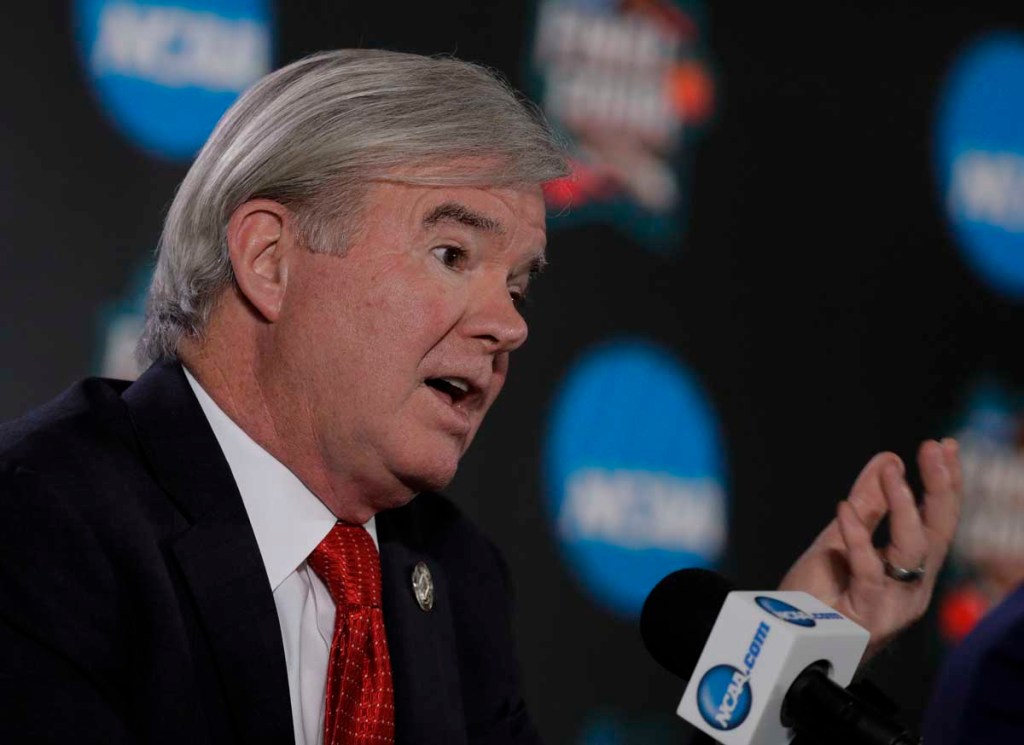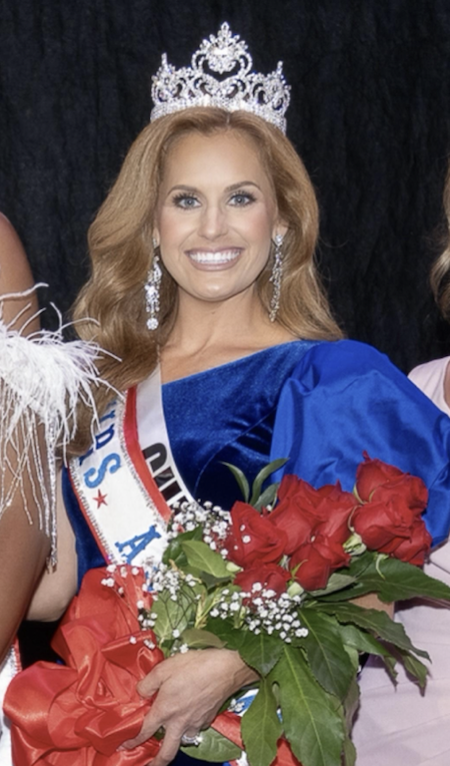NCAA transfer rule changes under consideration
Published 5:29 pm Tuesday, April 3, 2018

- NCAA President Mark Emmert speaks during a news conference at the Final Four Thursday in San Antonio. Among the topics addressed were potential changes to the NCAA transfer rules. (AP Photo)
NCAA president Mark Emmert wondered aloud last Thursday at the Final Four about a pressing topic that has recently created a nationwide debate.
And no, he wasn’t discussing the ongoing FBI probe and issues with college basketball. This one was about the ongoing dilemma with transfers.
“How complicated could this be?” Emmert said. “It’s about students changing schools. And yet I’ve never seen anything that’s quite as intractable a problem as this one because you just can’t get agreement.
“It should be a simple one, and it really has been a very thorny one. This (NCAA) working group, I think, is the fourth one that’s been in existence since I took over as president. In less than eight years, we’ve had four groups try to solve this.”
So far, the talk hasn’t amounted to anything.
As early as June, the NCAA Division I Council can vote on any potential changes or proposals to the current transfer rule as suggested by a newly formed NCAA working group.
The current rule requires student-athletes in five sports — football, men’s and women’s basketball, baseball and hockey — to sit out a year upon transfer to another Division I school. There are notable exceptions, like for graduate transfers who are immediately eligible once they receive their degree. To even start the transfer process, student-athletes must first receive permission from the school.
Shane Lyons, West Virginia’s athletic director and chair of the Big 12 Athletic Director’s Council, said league administrators met last month at the Big 12 Tournament in Kansas City to discuss transfer rules. Lyons said they left those meetings in favor of just one change to the rules. The rest, he said, would require more time to analyze.
“The notification of transfer proposal is seen as a significant improvement to the current environment and that should be voted on this spring,” Lyons told CNHI. “The other changes — uniformity aspect across all sports, the academic model, the head coach departure exception — those need further discussion and that shouldn’t be rushed through the system.”
That change would empower the student-athlete. Schools could no longer block or restrict transfers from attending certain schools, a tactic that has made media headlines of late.
In 2017, Kansas State football coach Bill Snyder initially restricted a player from transferring to 35 schools. Louisiana Tech initially blocked a player from more than 50 schools back in 2015 before relenting due to public and legal backlash.
“There’s somewhat of a feeling that if the young man or a young lady at your institution is no longer happy, why do you want to keep them at your institution?” said Lyons, who will join the Division I council in July. “You’re ultimately going to release them.”
The Big 12 also is leaning toward a position of uniformity, Lyons said, requiring everyone, not just those playing the main sports, to sit out a year. This stance would include making sure a transfer doesn’t lose a year of eligibility, allowing for six years to complete four years of eligibility.
In February, the working group announced it would analyze several possible exceptions. These include:
- Allowing student-athletes who meet specific academic benchmarks to be eligible immediately.
- Allowing student-athletes to be eligible immediately if a head coach leaves or is fired.
- Allowing walk-ons to be eligible immediately.
- Allowing transfers to use six years, instead of the current rule of five years, to complete four years of eligibility.
A month earlier, faculty advisors at Baylor and Iowa State drafted a transfer concept that helped jump-start the conversation. It included several of the same concepts the NCAA working group is delving into. Most notably, it promoted the option to gain immediate eligibility if there is a coaching change.
Lyons said the proposal, obtained by CBS Sports, was to explore concepts and wasn’t necessarily the Big 12’s “firm stance by any means.” He expressed concern about lumping all of the proposals into one vote, hence the cautionary stance.
He cited unintended consequences for some of the proposals. For example, the potential effect an academic exception of a 3.0 or 3.2 grade point average could have.
“Obviously, you have the disparity among some of your sports of basketball and football and the impact it would have on your minority students and all of that, Lyons said.
“A lot of schools have gone back and did some of their homework associated with that. It’s just a small percentage of students who would meet that 3.0 or 3.2.”
Additionally, Lyons mentioned how the head coach exception could create issues with things like signing classes (currently capped at 25), Academic Progress Rate and even assistant coaches.
If legislation were to pass allowing student-athletes the option to transfer immediately if a head coach left, Lyons wondered if student-athletes would eventually ask for it to extend to assistant coaches.
Some conferences don’t meet around tournament time like the Big 12, so it’s unclear how far past the surface these issues have been examined throughout the country.





